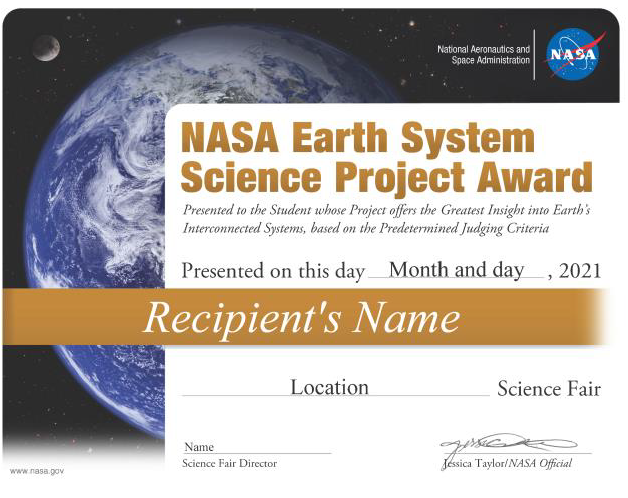The data visualization tool for My NASA Data, the Earth System Data Explorer, provides access to dozens of datasets. It can be used to produce maps, time series plots, and data tables which can be downloaded.
Educational Resources - Search Tool
Students analyze a graph that illustrates the change in global surface temperature relative to 1951-1980 average temperatures.
In this activity, we will introduce children to the colors of the sky. Children love to look at clouds. Here we will focus in on the sky in which clouds float. Children will learn why the sky has such a wide range of colors.
Help learners envision themselves as explorers, scientists, technologists, engineers, and mathematicians as they venture into the summer months. Download the PDF of the two sided document on cardstock and have students imagine and illustrate themselves!
Students will analyze the mapped plot of the historic Ocean Chlorophyll Concentrations at key locations around the world for the period of 1998-2018.
Students identify patterns and describe the relationship between chlorophyll concentration and incoming shortwave radiation.
Information from satellites if often used to display information about objects. This information can include how things appear, as well as their contents. Explore how pixel data sequences can be used to create an image and interpret it.
Scientific data are often represented by assigning ranges of numbers to specific colors. The colors are then used to make false color images which allow us to see patterns more easily. Students will make a false-color image using a set of numbers.





 Grade Band
Grade Band
